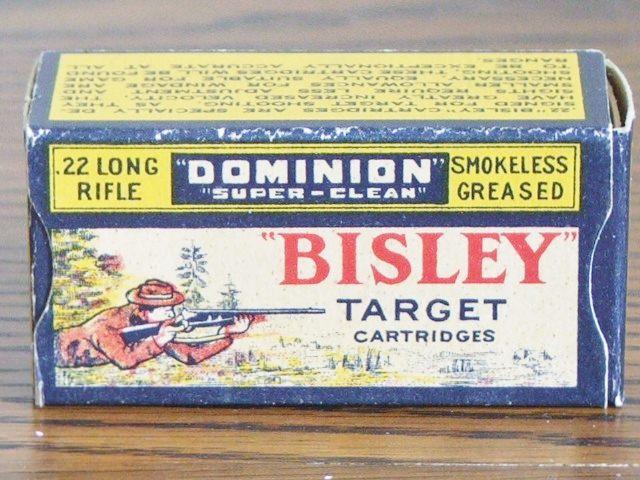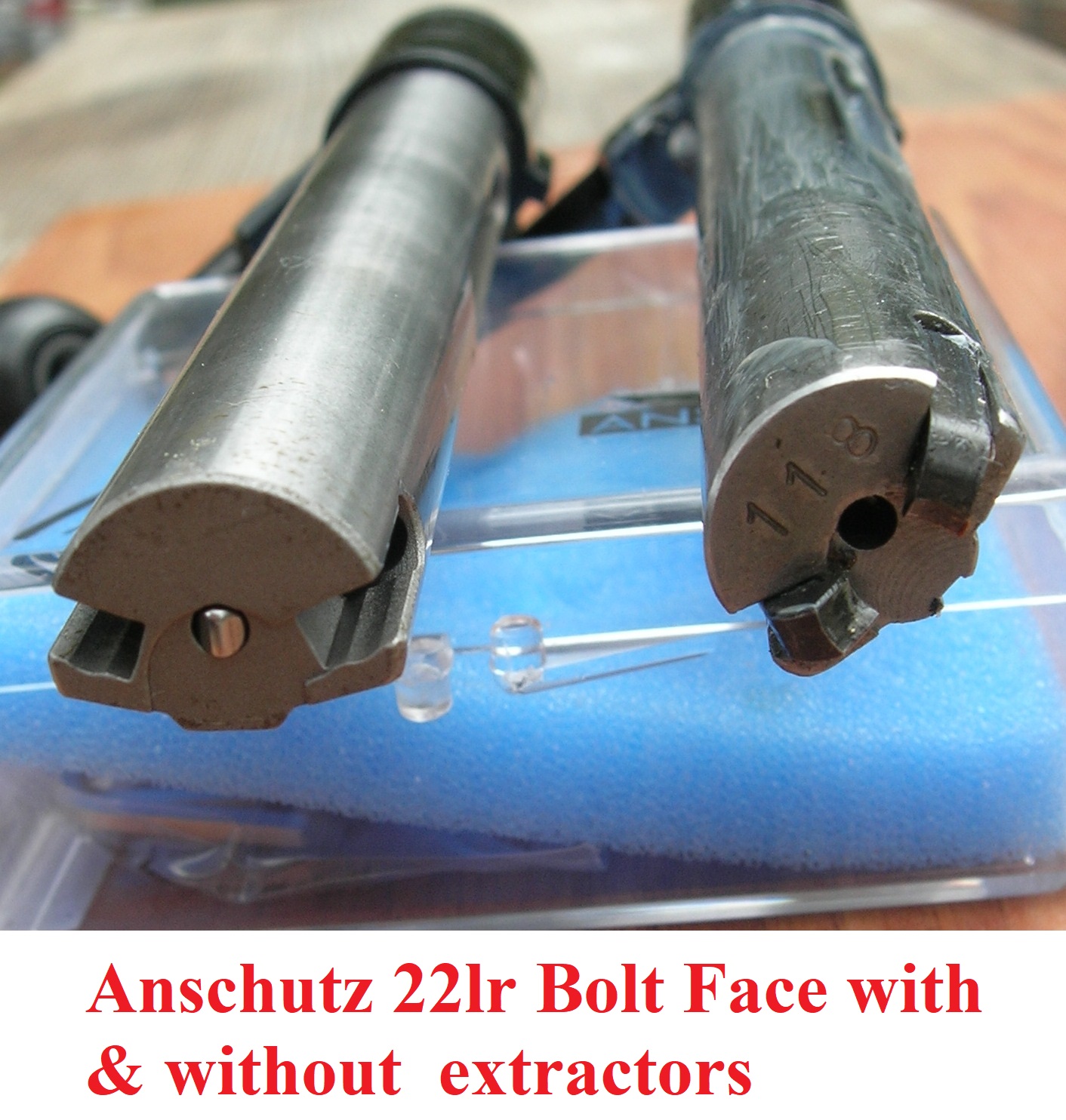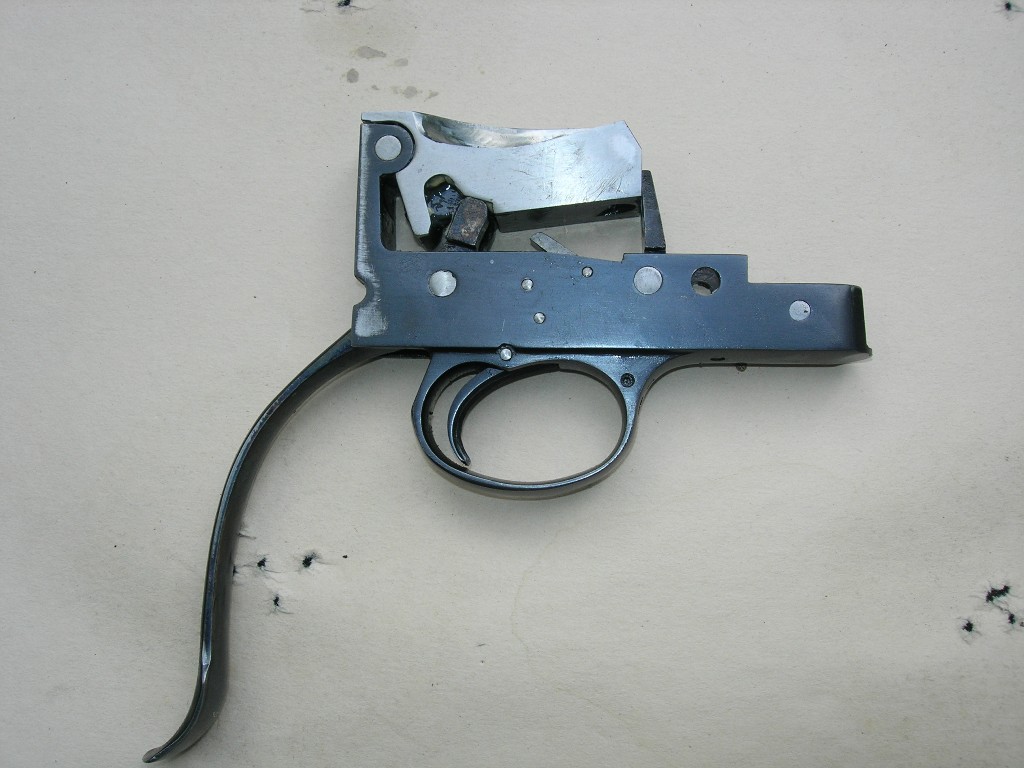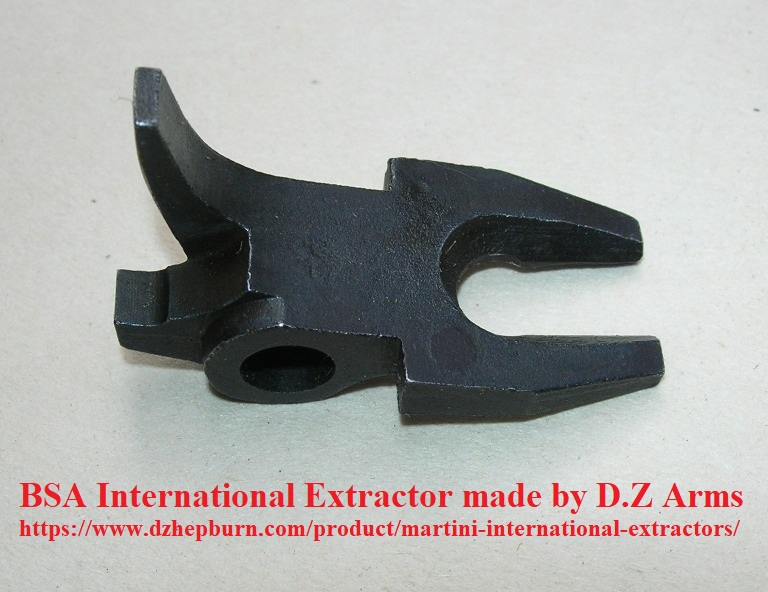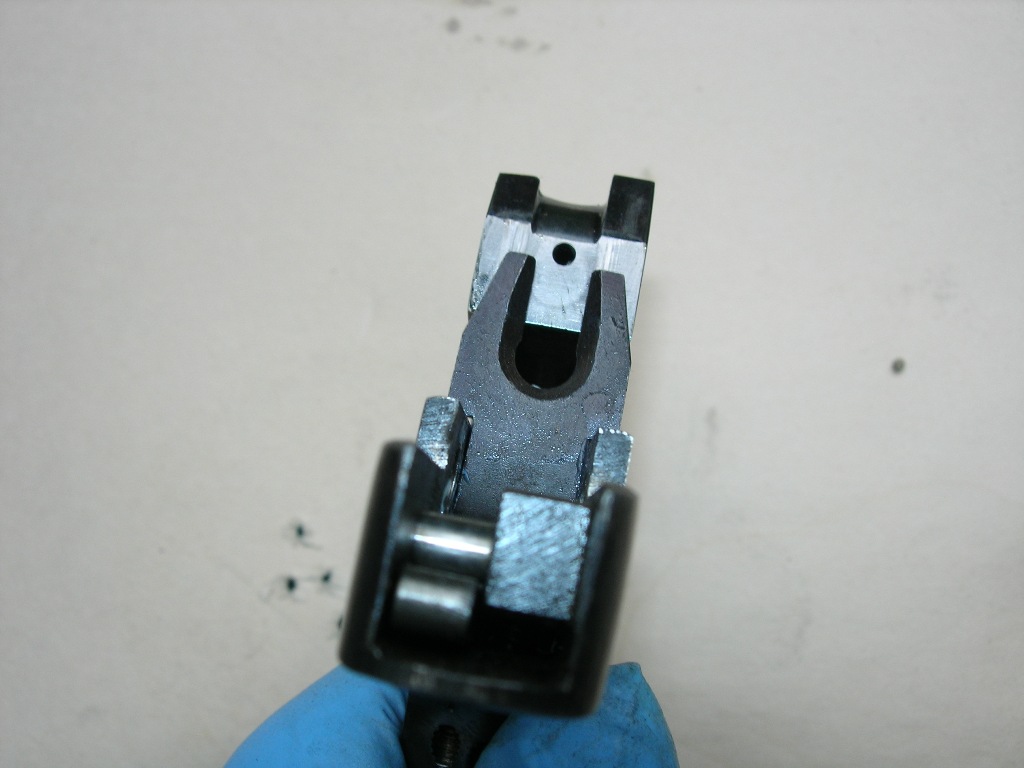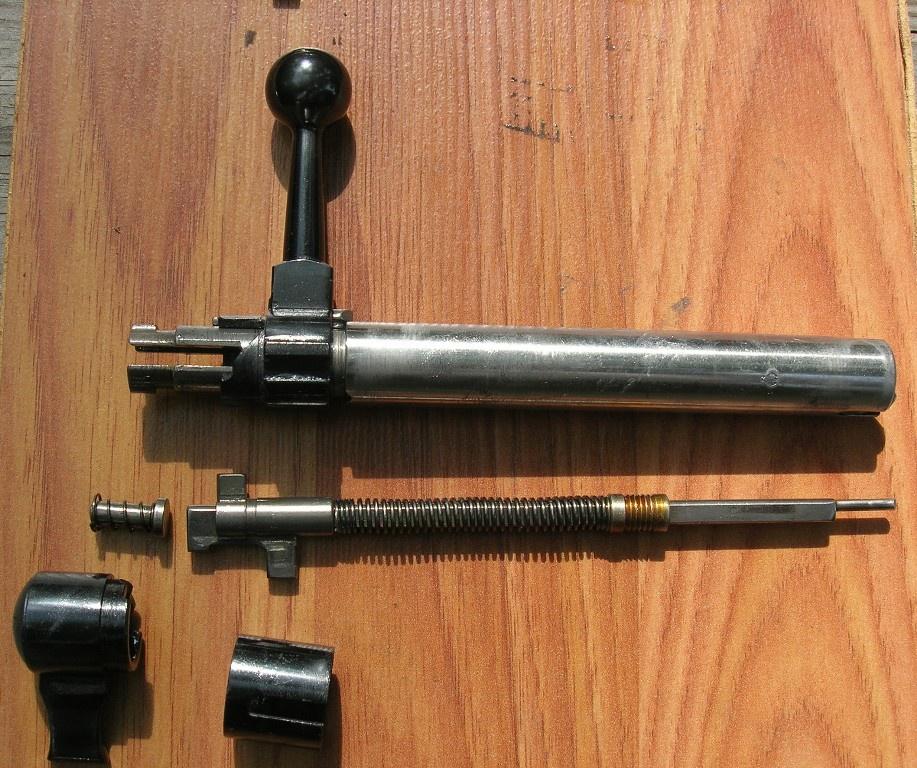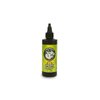I had a friend who never cleaned his
Marlin Glenfield 60 unless he had jams. He must have gone through bricks before cleaning the bore. The thing shot well out to 25 yards, went bang, killed squirrels.
There are those who never clean their bore "until the rifle tells them so", and there are those who clean their rifle after every match. I have seen more of the latter at Regionals/National Matches, because they are there, cleaning their rifles. The no clean crowd, they load up their trucks, and go.
At four day regionals, I clean the barrel, grease the cocking cams and oil the mechanism, every two days. That is approximately after 400 rounds. Before I return home, I clean the barrel and wipe the exterior with solvent patches, wipe that off, and rub with an oily patch because I don't want rust. After matches in my home area, I clean the bore, clean off the exterior, grease the cocking cams, etc, before putting up the firearm because it may be months till I pull out that match rifle again. I have a lot of match 22lr's that I like to shoot.
The 22lr cartridge is an old one, perhaps the oldest still on the market. Dates to the 1880's. It has always been a lubricated cartridge.
Match ammunition is particularly greased from bullet to rim. Cheap CCI SV is waxed from bullet to rim. Wax and grease are lubricants, the bullet grease to prevent leading, the case grease, to prevent case to chamber friction in semi automatic blowback mechanisms. Wax is less likely to pick up dirt, but the greased stuff shoots better in match rifles.
This lubricant layer causes problems as it is possible to gum up the mechanism to the point the case won't extract. Some mechanisms are more sensitive to hardened wax/lube.
I noticed that early Anschutz rifles had one extractor on the bolt face, later have two. No doubt to help ejection. These are two extractor bolts.
This bolt type, with spring loaded extractors, handles sticky, gummy chambers well. The extractor has to be worn badly for there to be extraction issues.
this is a BSA trigger mechanism.
and this is the extractor
It is very sensitive to a clean chamber. When the chamber is clean and fresh oiled, cases are kicked out a country mile, but as the match goes on, I have failures to eject from the loading port. That's when I use an old, bent bristle brush, to scrub the chamber, and that keeps me going.
Gummy chambers will ruin your score in semi auto mechanisms. Blowback actions need clean chambers and without cleaning, shooters will eventually experience stove pipe jams. Failures to extract will happen at some level of case to chamber friction in a blowback action. It gets worse in cold weather. Our gun club used to hold a combined Bullseye Pistol and Across the Course match in December. It was very difficult to keep a 22lr automatic pistol running in 30-40 degree weather. Wax would blow out of the barrel during ejection, condense, and gum up the action. These blowback pistols actually open where there is some pressure in the barrel, it is called the residual blowback effect. Designers want to increase the time energy is available, and so design the dwell so the residual pressure in the barrel pops the cartridge out, but at a low enough pressure that the case does not rupture.
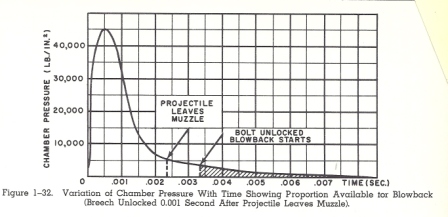
At one Bullseye Pistol regional, an All Guard shooter was wiping off the case grease of his 22lr Eley Red Box ammunition, and then wiping all the cartridges with an oily patch. He had failures to eject with the greased stuff. Less with the freshly oiled stuff. This is what Clark recommends
In so far as cleaning the barrel, clean from the breech, try to find a breech bore guide. It is possible to damage the rifling in the throat. One multiple National Champion Smallbore prone shooter, the gunsmith that replaced his barrel, told me he found cleaning rod damage to the rifling. I asked the Champ how that might have happened, well it must have been when he was a teenager and he does not remember when or how. Barrels are made of soft steel, often the end of the rod has a sharp edge, which can dig in. Jags and other stuff might also dig in.
Almost everyone uses a brush to mechanically move crud around. Most push a patch with bore solvent first, then the brush, followed by several patches to get all the crud out. Pick whatever mystic number you believe in for the number of brush strokes. Most people count to ten. I am sure a Summerian would go 3, 6, or 9, as these were mystic numbers 5000 years ago. Then I lightly oil the tube with a patch, knowing that next match, the first two shots will be in the berm, because oily, clean barrels shoot to a different point of impact. Might be worth considering this when using a 22lr as a squirrel rifle. I have not tried cleaning without oiling at the end, so I don't know if a clean but dry barrel will shoot to aim first shot.
I am the sort of person who changes the oil and filter on my vehicles, so I tend to be maintenance biased. I lube the cocking cams. At one State Match a very old shooter was having malfunctions on his Anschutz M54 rifle. What I learned was he was having bolt problems. The bolt was out of his rifle and on the ground. It was dry. Even after some oil had been put on surfaces, we could not get the safety cap on. I think he said, he had never lubricated the bolt, and he had the rifle since he was a kid!
I believe camming surfaces had galled to the point, metal had deformed, or worn away. Anyway, he packed up and left, and the match continued. I do consider it important to lubricate the camming surfaces, not neglecting the firing pin cams.
As to secret gun oil solvents, rubbish! Vendors will have you believe that your world will collapse into a black hole if you don't use their product. I use all sorts of bore solvents, depending on the price I got them. Used gallons of GI bore solvent, which is mostly kerosene. Used many quarts of Hoppe's, Butch's. Hoppe #9 does a great job of dissolving wax and powder residue. I am afraid of powder residue. It is carbon, attracts water, and I have some very old 22lr barrels which were never cleaned, and are pitted. Wax protects the barrel better than nothing, however the residue in the barrel is a combination of wax and gunpowder, and the gunpowder residue is the stuff that causes problems. Primer residue had strange chemicals, I doubt any are good for metal once moisture gets to them. Just get the wax/gunpowder/primer residue out of the tube before putting your rifle up for months.
There are 1000 post threads about gun oils. I used motor oils as lubricants as they are one of the best lubricants for the price. Motor oil is not a rust inhibitor. Rust inhibitors have additives which block oxygen migration. Works till the oil base evaporates, then no rust inhibition! For long storage, (years to decades) I use RIG grease in the tube. For rifles that get shot every year, a light coat of any oil does well. I regularly pull out rifles on which the oil on the bolt surfaces has dried up, and I wipe down with an oily patch, put a drop or two where needed, and get the thing going.
Get a nice, one piece cleaning rod. Find a bore guide. Get jags, bristle brushes, patches. Clean from the breech. Wipe external surfaces to remove microscopic gunpowder residue. Pick a gun powder solvent that smells good, and costs the least, and use it. Use whatever industrial/gun oil you like. Keeping the gun lubricated is more important than lubricant type. I do prefer greases in the cocking cam.
Neco Moly Slide Paste was the only lubricant that lasted in the Compass Lake AR 15 trigger, and I use a drop of the stuff on cocking cams. It is a very good moly lube grease. I have two tubes of the stuff which are several decades old. Use sparingly.



